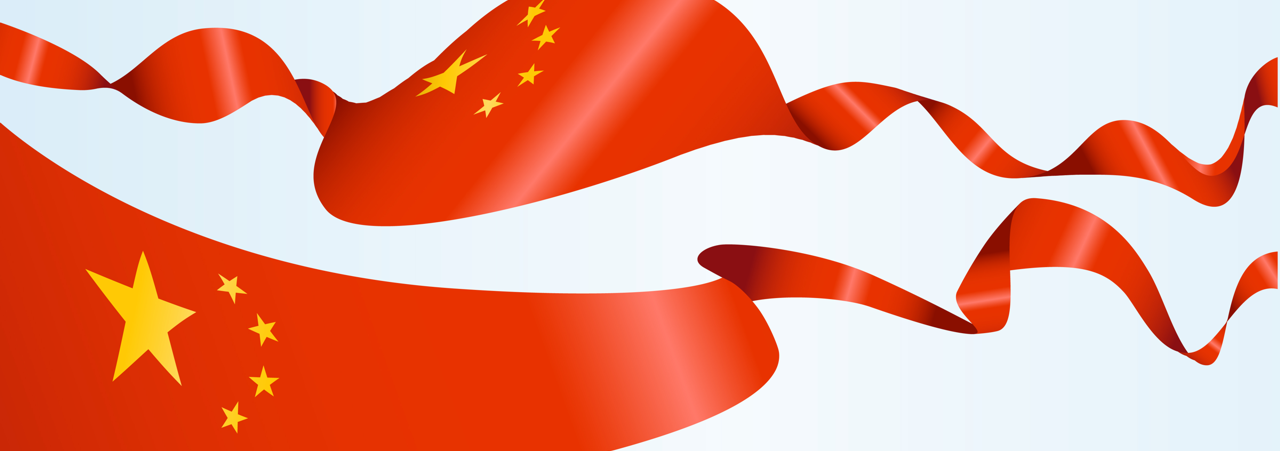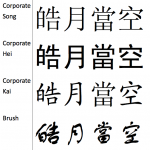Chinese Language
Chinese has two written forms: traditional and simplified Chinese
Chinese is written with thousands of distinctive characters called ideographs. These characters consist of two elements- one which indicates the meaning of a word, and two which indicates the sound of the word.
About 40 years ago the new government of the People’s Republic of China (PRC) made the decision to simplify the written Chinese language to make it easier for the general populace to become literate. Thus two distinct versions of written Chinese came into being – traditional and simplified Chinese. These are easy for the native speaker to tell apart.
Simplified characters are used in the PRC and Singapore. Traditional Chinese characters are used in Taiwan, Hong Kong, and Malaysia.
The simplified writing system differs in two ways from the traditional writing system: (1) a reduction of the number of strokes per character and (2) a reduction of the number of characters in common use (two different characters are now written with the same character).
There are currently two systems for Chinese characters. The traditional system, still used in Hong Kong, Taiwan, Macau and Chinese speaking communities (except Singapore and Malaysia) outside mainland China, takes its form from standardized character forms dating back to the late Han dynasty. The Simplified Chinese character system, developed by the People’s Republic of China in 1954 to promote mass literacy, simplifies most complex traditional glyphs to fewer strokes, many to common caoshu shorthand variants.
Singapore, which has a large Chinese community, is the first—and at present the only—foreign nation to officially adopt simplified characters, although it has also become the de facto standard for younger ethnic Chinese in Malaysia. The Internet provides the platform to practice reading the alternative system, be it traditional or simplified.
A well-educated Chinese today recognizes approximately 6,000-7,000 characters; some 3,000 characters are required to read a Mainland newspaper. The PRC government defines literacy amongst workers as a knowledge of 2,000 characters, though this would be only functional literacy. A large unabridged dictionary, like the Kangxi Dictionary, contains over 40,000 characters, including obscure, variant, rare, and archaic characters; less than a quarter of these characters are now commonly used.



